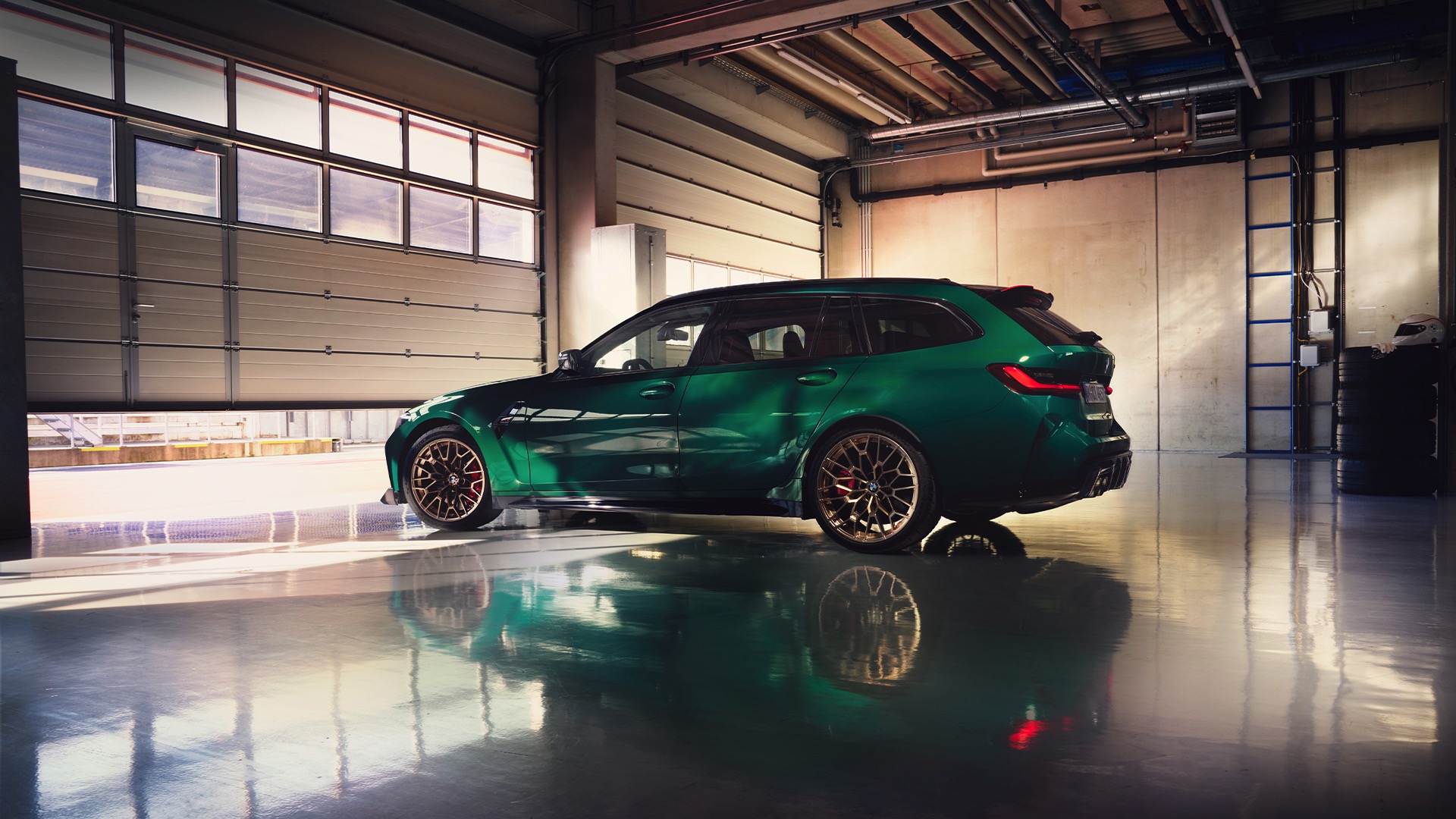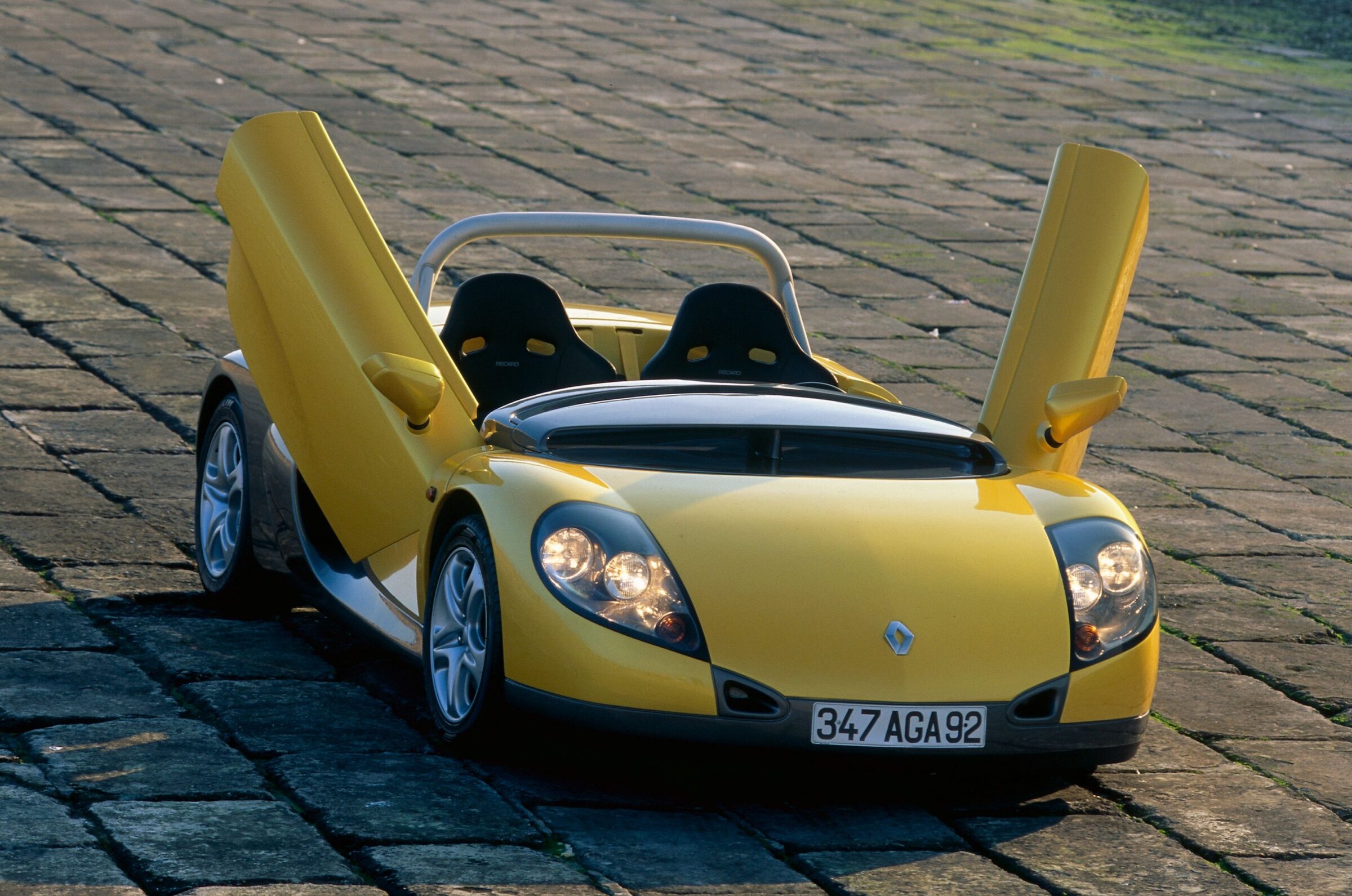40 Years of Ferrari Mondial
After Ferrari had ordered the design for the Dino 308 GT4 as a 2+2-seater with a mid-engine from Bertone, there were heated discussions among customers and brand fans. Many didn’t like the new lines. Others demanded that only Pininfarina should be the designer of new Ferrari models. Nevertheless the 308 GT4 sold excellently. For the 1980 Geneva Motor Show, the replacement by a successor models was on the agenda. The platform of the 308 GTB was used as the technical basis, but with a wheelbase extended by 310 to 2,650 millimeters. This meant that two additional seats could still be accomodated in the rear. The name was taken from a racing car from the 1950s: Mondial.
While the predecessor model designed by Bertone had already been the subject of controversy, the Mondial caused further discussion. Fans of the 308 GT4 smiled at the fact that the rather unfavourably proportioned design of the Mondial came from Pininfarina. In the side view, the C-pillars, which are pulled far back, cleverly conceal the mid-engine design, but are counteracted by the large, ribbed cooling air intakes behind the doors. Between the C-pillars, the bonnet lies horizontally below the vertical rear window. Behind the four seats was initially a three liter V8 engine with petrol injection and 157 kW/214 hp.




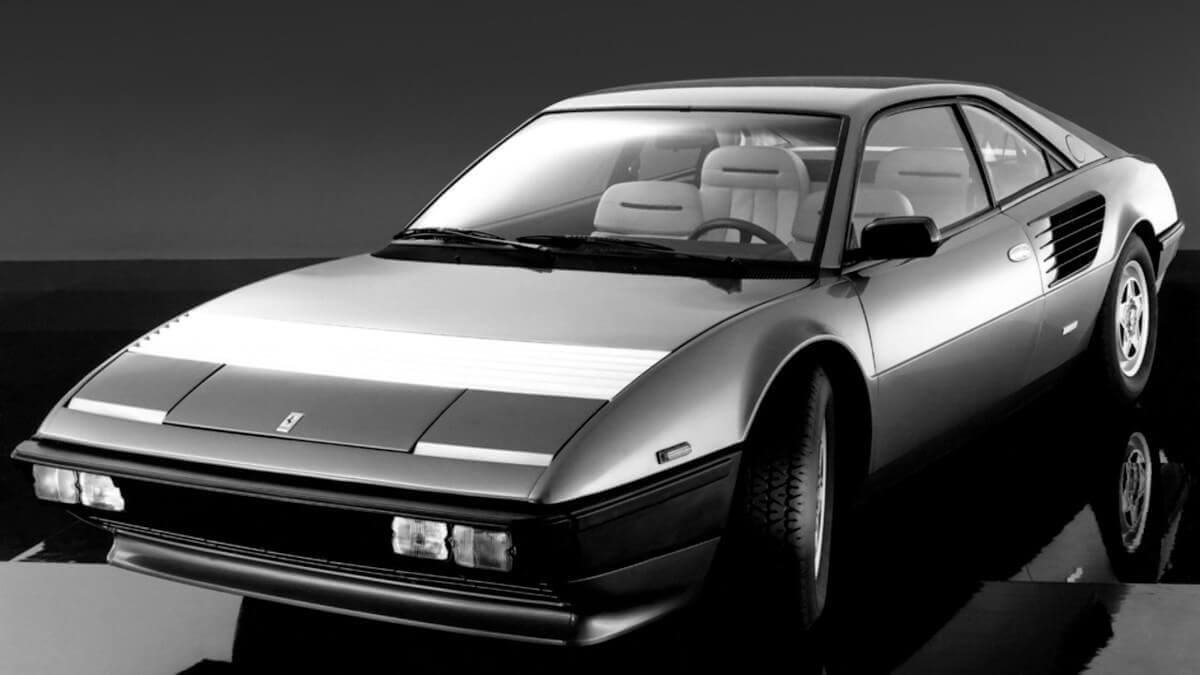



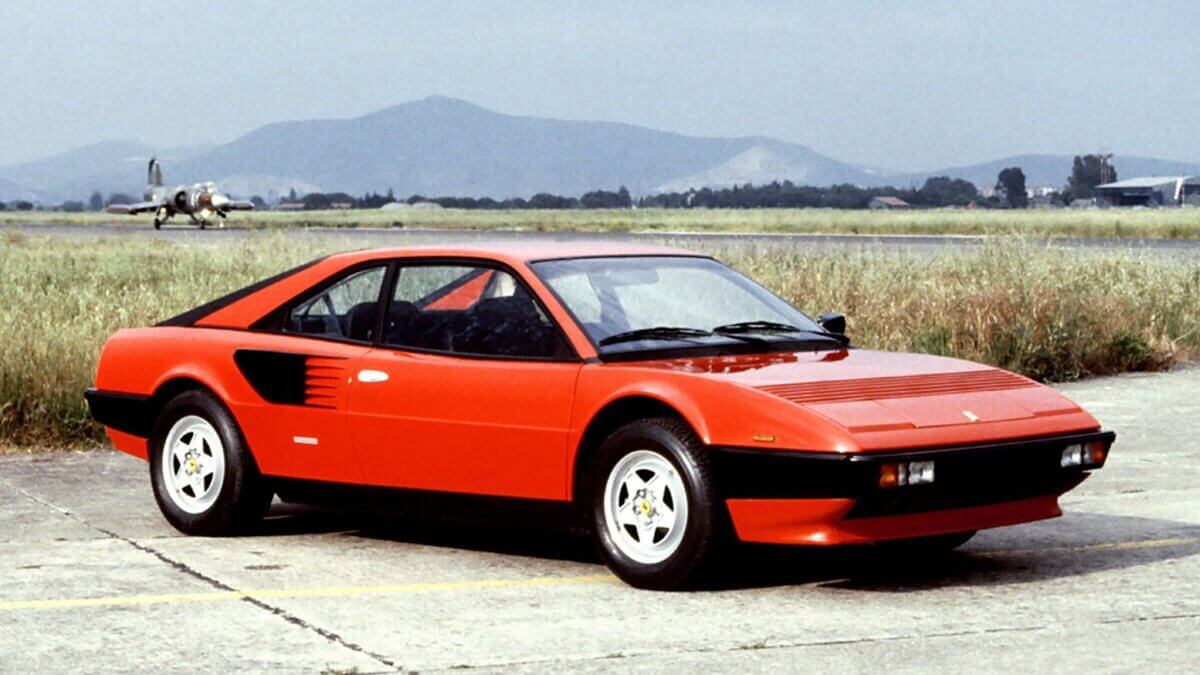

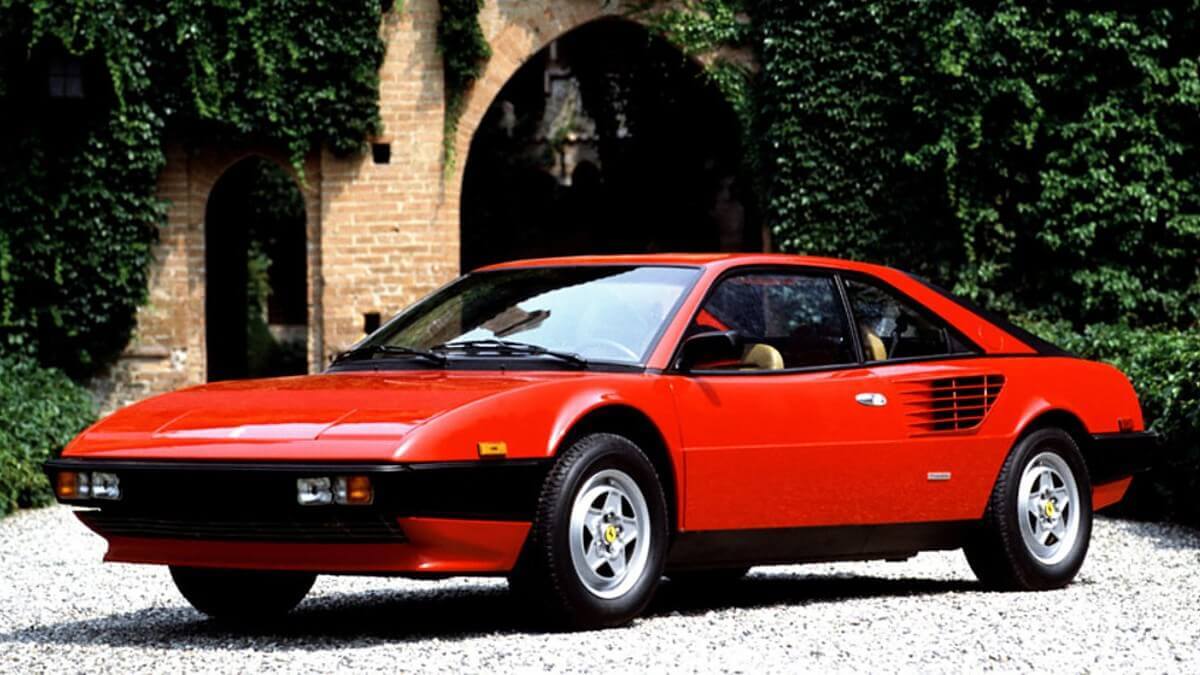



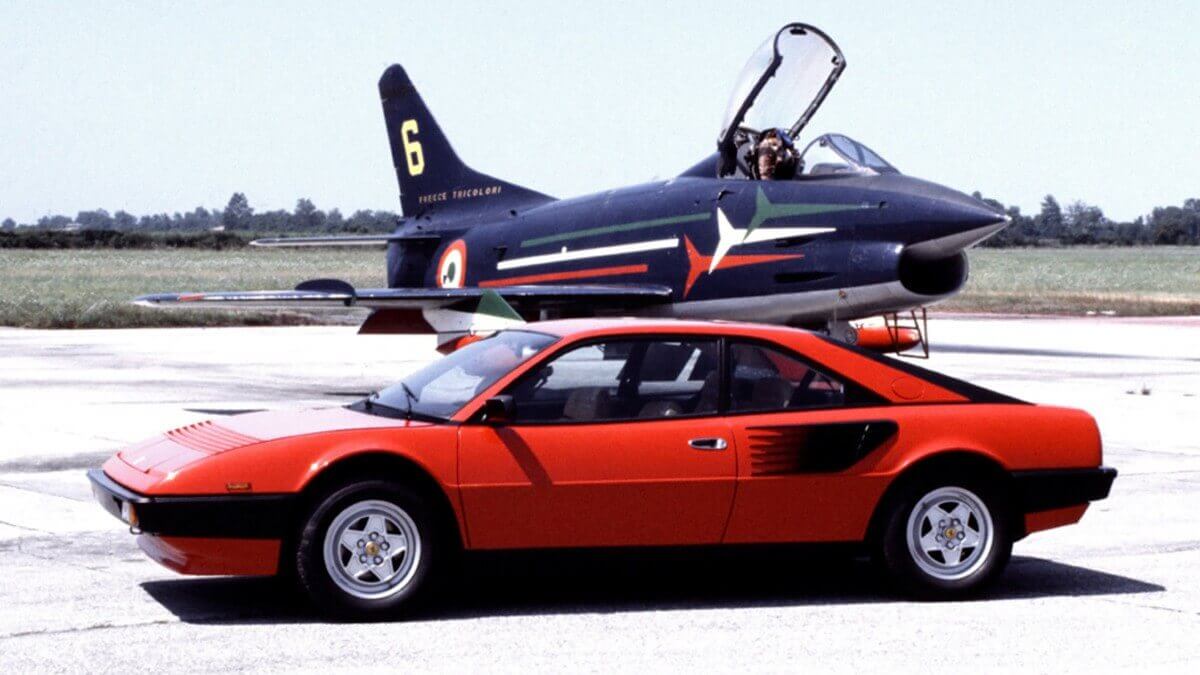

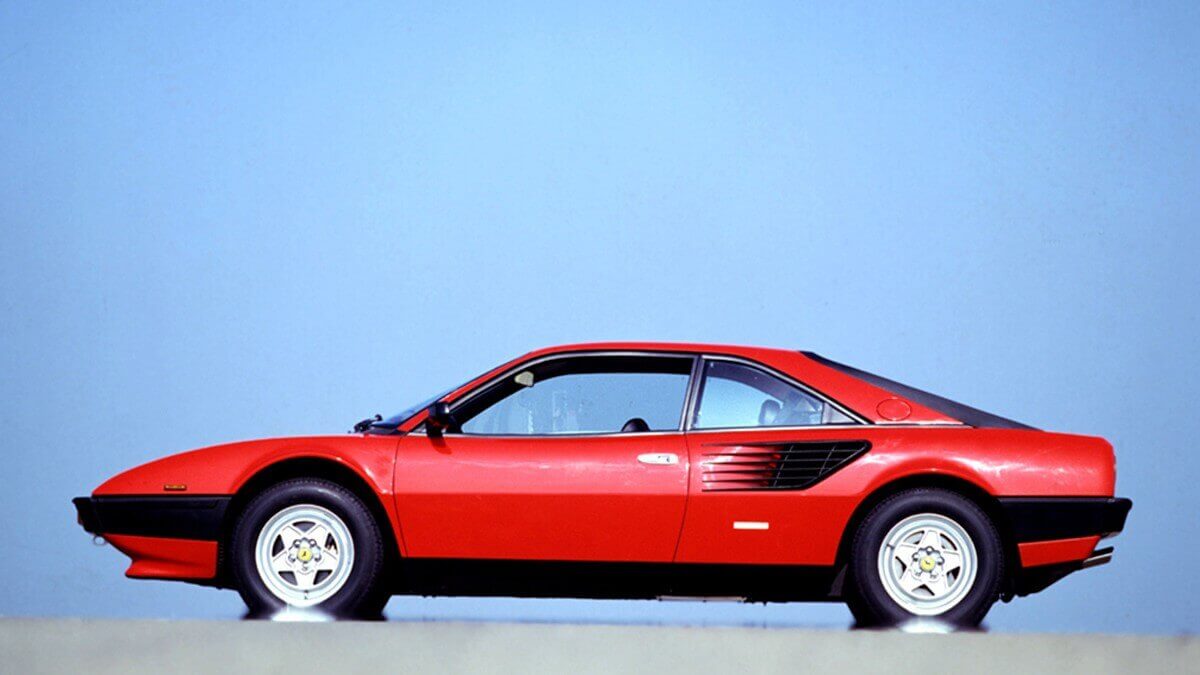

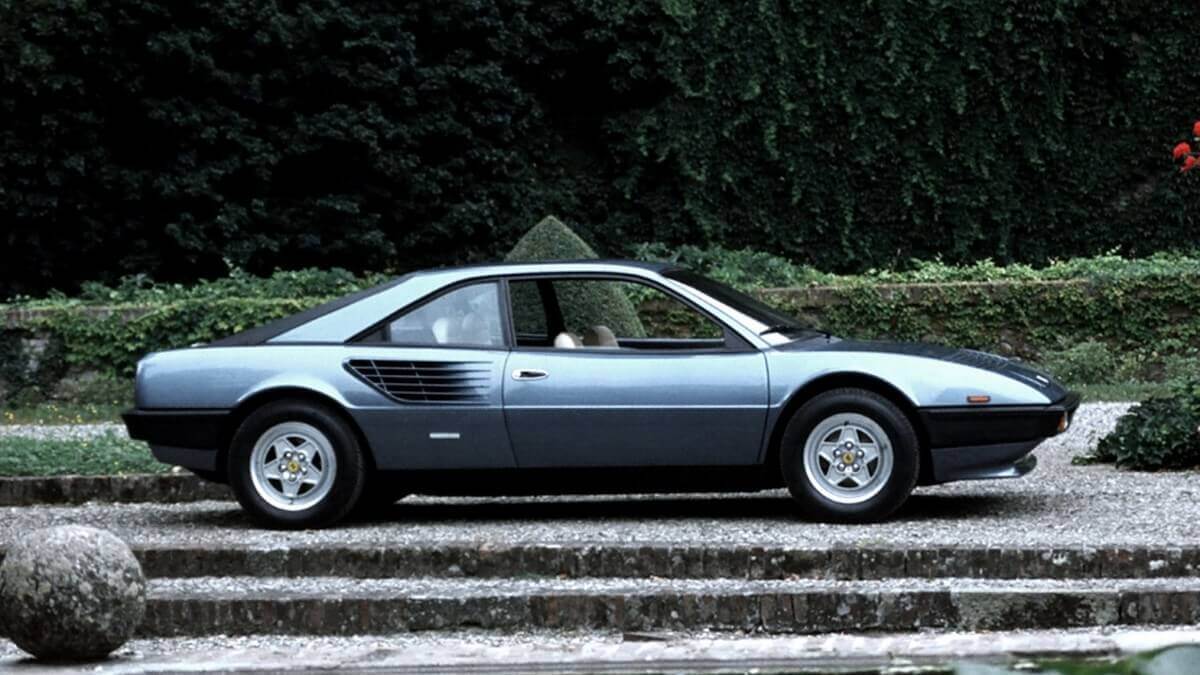

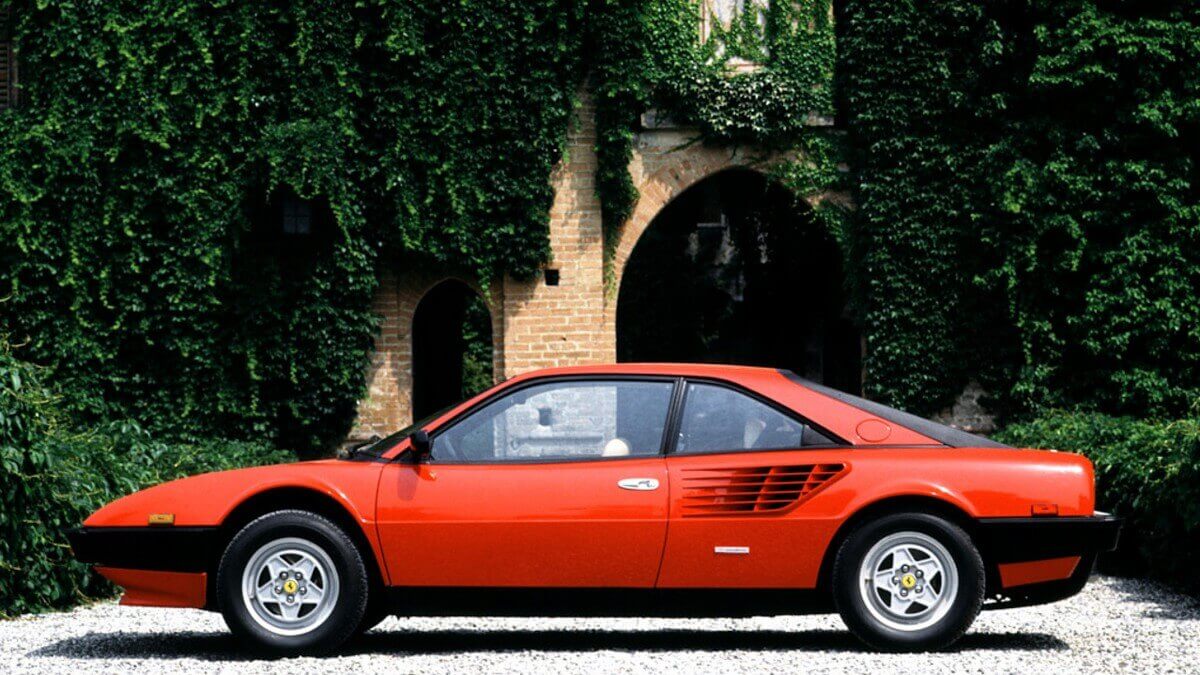





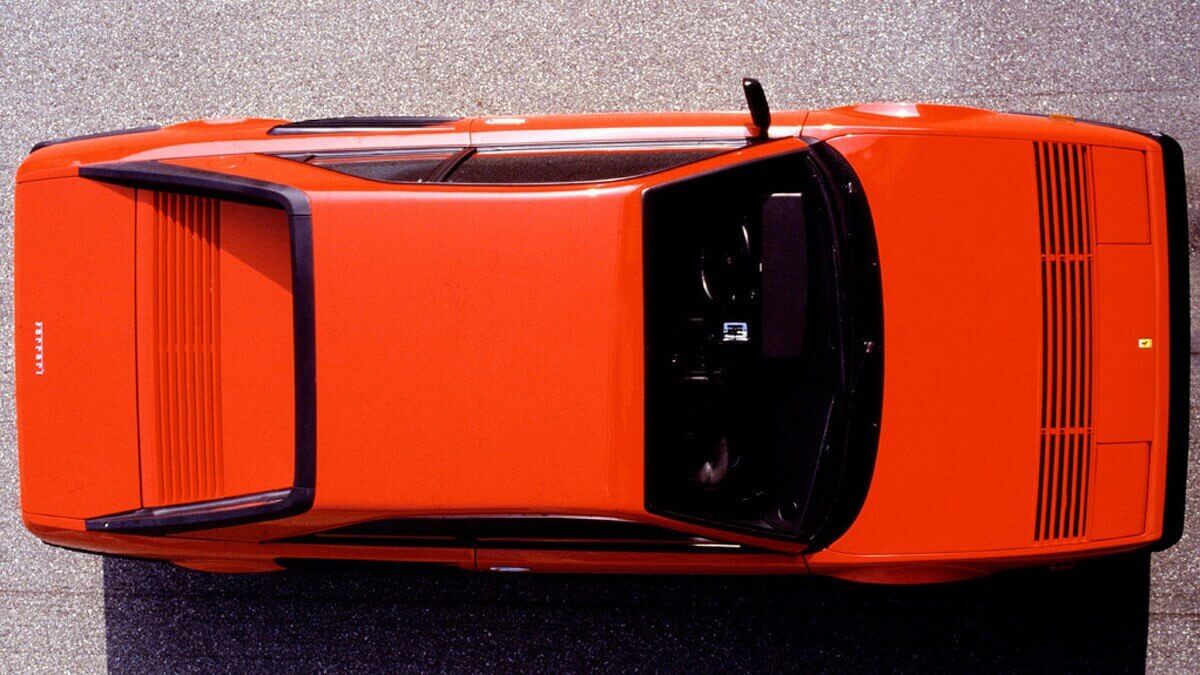



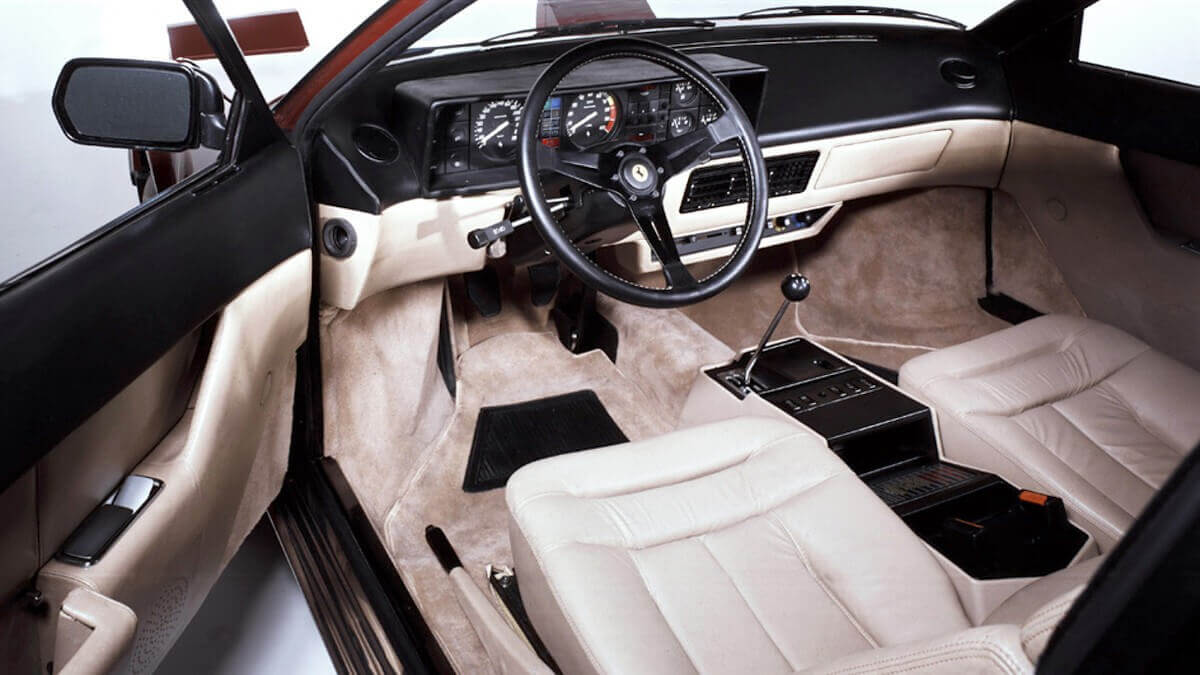





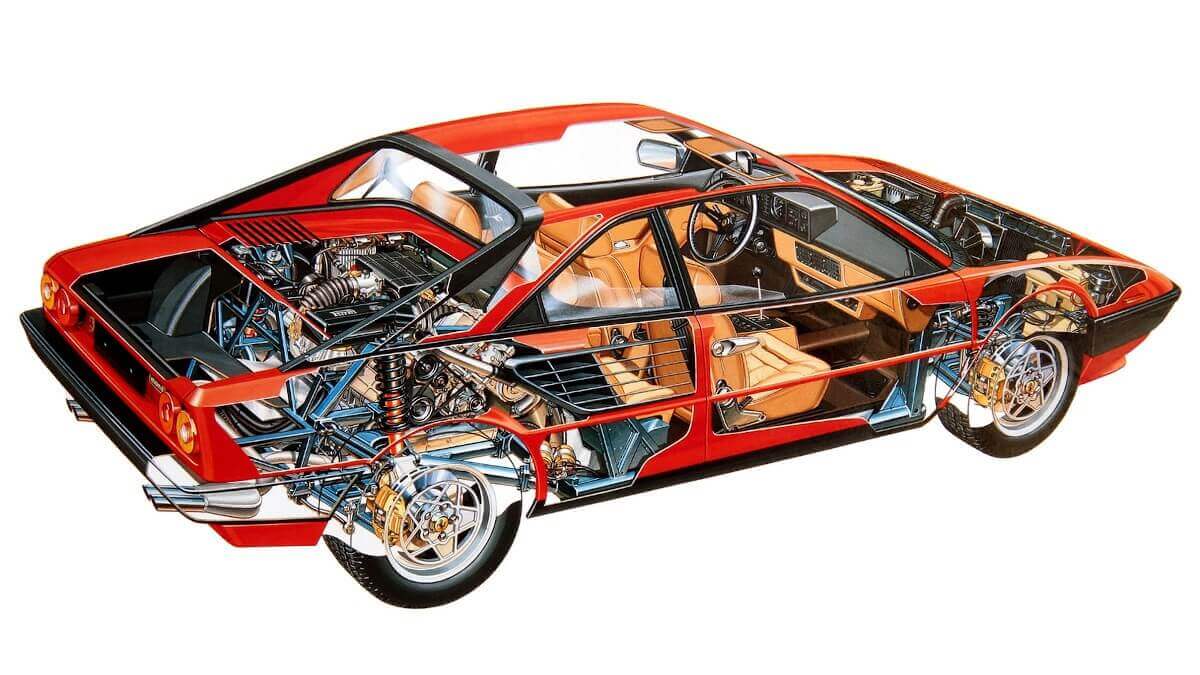



After only two years of production and 703 units, a model upgrade from the Mondial 8 to the Mondial QV took place in 1982. The abbreviation stands for Quattrovalvole or translated for four valves per cylinder. With the new cylinder head, the power output rose to 176 kW/240 hp. From the end of 1983, Ferrari added a convertible version to the Coupé, which was also designed as a 2+2 seater. By 1985, 1,144 closed and 629 open Mondial QVs had been built. As with the two-seater V8 sports car 308, which became the 328, there was now a switch to a 3.2-liter V8 engine, which in the Mondial 3.2 came to 198 kW/270 hp. Of this version Ferrari produced 987 Coupés and 810 Cabriolets.
In 1989, the largest modification in the history of the model took place. The V8 engine now sat lengthwise in the engine compartment, while the manual five-speed transmission was installed transversely behind the rear differential. Due to this T-shaped arrangement, the sports car was given the name Mondial t. A further increase of the cubic capacity to 3.4 liters increased the output to 221 kW/300 hp. This drive unit later also found its way into the 348. Due to the changed installation position, the area between the B- and C-pillars was visually extended. In addition, the Mondial t got more stable door handles, new DE lenses for the headlights, power steering, ABS and modified bumpers. The Bilstein shock absorbers could be adjusted in three stages from the cockpit. An automated transmission from Valeo was available at extra cost. By 1993, 855 Coupés and 1,017 Cabriolets had rolled off the production line, bringing the total number of Ferrari Mondial cars to 6,145. To this day, these 2+2-seaters are the cheapest way to drive a real Ferrari.
Images: Ferrari


